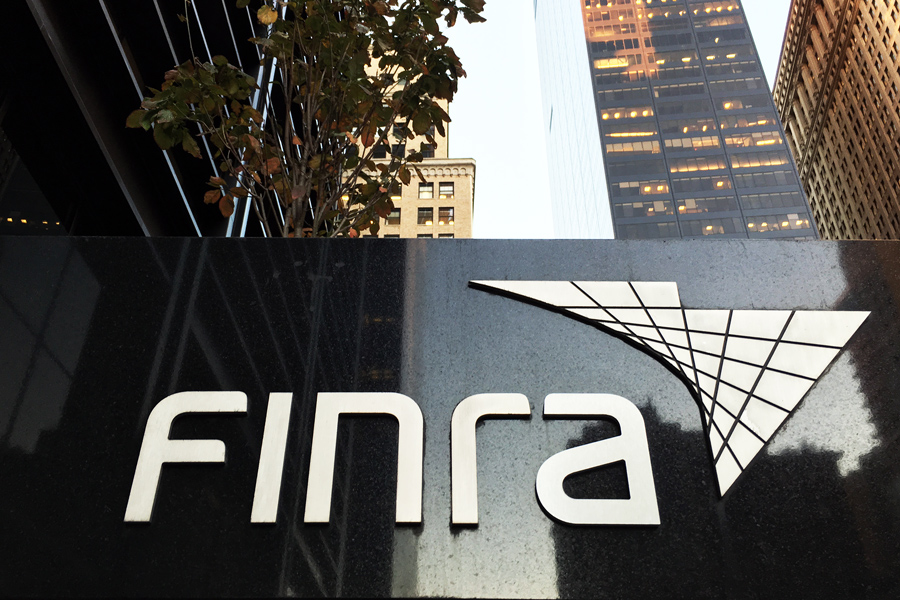

The number of brokerage firms and their representatives regulated by Finra fell again last year, while the industry’s revenues and income increased.
The third annual Finra Industry Snapshot shows 624,674 representatives were registered with the Financial Industry Regulatory Authority Inc. in 2019, down from 629,529 in 2018 and 630,261 in 2017. It was the fourth straight decline since 2015, when there were 639,448 registered reps.
There were 3,517 brokerage firms registered with Finra in 2019, down from 3,607 in 2018 and 3,726 in 2017. Last year marked the fifth time since 2014 — when 4,067 firms were registered — that the number declined.
Despite the decline in Finra registrants, brokerages made more money last year.
Revenues for Finra-registered firms totaled $388 billion in 2019, up from $361 billion in 2018. Total expenses rose to $344 billion from $318 million, while pretax net income increased from to $43.9 billion from $42.7 billion.
"The Snapshot provides visibility into the broad range of firms, individuals and trading activity that Finra oversees,” Finra chief economist Jonathan Sokobin said in a statement.
Among the financial advisers Finra regulates, 53% — 328,997 — are registered only as broker-dealers, while 47% — 295,677 — are dually registered as brokers and investment adviser representatives.
Small firms, defined as those with 150 or fewer registered representatives, make up the bulk of those registered with Finra. Last year, 3,151 of the 3,517 Finra-registered brokerages were small firms. There were 198 midsize firms (between 151-499 registered reps) and 168 large firms (500 or more registered reps).
The number of small firms registered with Finra has declined in each of the last five years — falling from a total of 3,683 in 2014 to 3,151 in 2019.
The number of midsize firms actually increased last year, to 198 from 192, while the number of large firms declined to 168 from 173.
Large brokerages employed 82% of Finra-registered representatives — 519,738 – in 2019. Small firms employed 10% — 64,168 – and midsize firms employed 8% — 53,763.

Can an annuity help your clients get there?

The leadership changes coming in June, which also include wealth management and digital unit heads, come as the firm pushes to offer more comprehensive services.

Strategist sees relatively little risk of the university losing its tax-exempt status, which could pose opportunity for investors with a "longer time horizon."

As the next generation of investors take their turn, advisors have to strike a fine balance between embracing new technology and building human connections.

IFG works with 550 producing advisors and generates about $325 million in annual revenue, said Dave Fischer, the company's co-founder and chief marketing officer.
RIAs face rising regulatory pressure in 2025. Forward-looking firms are responding with embedded technology, not more paperwork.
As inheritances are set to reshape client portfolios and next-gen heirs demand digital-first experiences, firms are retooling their wealth tech stacks and succession models in real time.
